OMG, I Thought You Were Dead!
 |
You’ve seen it in the faces of infants when they recognize their mother’s smiling face above. You’ve seen it on the face of an old friend across the room when she suddenly recognizes you…after all those years. And Doug Shulz, producer at Partisan Pictures, saw it clearly on my face, when he tapped me on the shoulder and pointed toward an old friend I hadn’t seen in nearly 35 years.
When we humans recognize a friend, our faces convey it with a distinctive widening of the eyes. Combine that with the surprise of seeing someone we aren’t expecting to see, our eyes grow even wider, often accompanied by a cartoon-like jaw drop. Judging from Doug’s expression while observing my face, I can only imagine how wide my eyes were. Since we were 20 feet beneath Cuba’s Gulf of Mexico waters, it must have been difficult for him to discern between an expression of surprise and delight versus a textbook example of wide-eyed diver panic. My eyes were transfixed on my old friend with a funny name whom I hadn’t laid eyes on since I was a teenager. Larger than life, vibrant, and embracing the sun, my friend was very much alive and healthy, clearly enjoying the good life in Cuba.
 Underwater cinematographer, Shane Moore films an enormous stand of healthy Elkhorn coral (Acropora palmata) near Cayo Levisa, Cuba |
At times I had doubted I would ever see Acropora palmata again — known to most as Elkhorn coral — but here it stood as dramatically and triumphantly as it had a generation ago, before most of its kind vanished from the Caribbean. Acropora has been described as the “poster child” for decline in the Caribbean, decimated by bleaching, white band disease, hurricanes, and other factors. Recent scientific papers, pointing to the nearly 95 percent loss of this genus in areas like the Florida Keys, have pointed out that such a grave loss has seriously altered “the fundamental dynamics of shallow-water community structure.” So emblematic is Elkhorn coral to the healthy coral reef, and so heart-wrenching has been its loss, that, while Vice President of Ocean Conservancy, I lobbied hard — and won — to have its image included in the organization’s redesigned logo. You can’t miss it, at the bottom, to the left of the humpback whale.

Healthy brain corals were abundant near Cayo Levisa, Cuba
I knew from data and photos taken by colleagues that such corals flourished in Cuba. And on previous expeditions, I had even glimpsed small patches of Acropora, clinging to reef crests, standing tall before the breaking turquoise waves. But in my wide-eyed encounter, I was breathless. I beheld not just a small patch of healthy coral. I saw stand after stand — a forest of glorious, healthy mustard-brown Acropora, as far as my eyes could see in the fading afternoon sun in the blue-green beneath the waves. Doug, along with renowned cinematographer Shane Moore, had found it before me and were already capturing frame after frame of video for the PBS series, “Nature,” an episode on Cuba scheduled to air sometime in 2010. But all I could do was sit and stare…and occasionally breathe.
 Denuded mangroves evidence the power of 2008's Hurricanes Gustav and Ike, which passed through here within a week of one another |

Producer Doug Shulz of Partisan Pictures (L) and Underwater Cinematographer Shane Moore (R) on location filming for the PBS series, "Nature"
What made this sight even more incredible is what we had just seen above the surface. Nearly a year ago to the day, not one but two major hurricanes — Gustav and Ike — converged on this area within a week of one another, causing tremendous damage. The storms tore millions of leaves from the islands’ protective mangroves, leaving a tangled fringe of rotting, brown branches along the coastline. What were formerly aids to navigation are now, as Shane pointed out, hazards to navigation, bare wooden posts protruding from the channel, stripped by the winds of their painted markers and lighted beacons. And there was damage underwater, too. The storms toppled dozens of corals, especially Acropora, which lay on their sides or broken into small piles of coral rubble. Some of them were massive, surely many decades old. But even among such wreckage there was cause for joy. Already the Acropora were growing back, and rapidly so. Many of the dark-brown, algae-covered dead branches were tipped with bright, mustard and white extensions several inches long, healthy, young coral exhibiting a quality that conservation biologists long to see in organisms like corals: Resilience. The ability of species to rebound from untold stress, to endure while others perish, we look for areas in the world where corals are resilient. Sadly, despite our efforts, the situation for corals will likely get worse before it gets better. Finding and protecting resilient areas is akin to emergency room triage — protecting those areas with the best chance of survival that may, in turn, help neighboring and downstream areas to recover when conditions eventually improve.
So why Cuba? Why do corals here flourish while just 90 miles to the north in the Florida Keys, and points east throughout the Caribbean, corals lie dead and dying? There are theories, which I’ve covered in an earlier post, “Can Cuba’s Mysteries Help Save the World’s Coral Reefs?” Decyphering this mystery is central among the goals of our ongoing collaborative research efforts with the University of Havana’s Center for Marine Research (Centro de Investigaciones Marinas), where nearly 20 graduate students are using this research as the basis of their Master’s theses and doctoral dissertations.
 A lobster fisherman near Cayo Para'so (Paradise Key), so-named by Ernest Hemingway |
It’s also a top priority identified by a unique tri-national (Cuba, Mexico, USA) effort I’m helping to lead to elevate international collaboration in marine science and conservation to a new level. (See related articles at 1planet1ocean and the New York Times.)
As we rested aboard our boat between dives, a lobster fisherman paddled into view in a tiny pneumatico rowboat buoyed by rubber inner tubes. Gliding upon the warm emerald waters against the backdrop of a small, tranquil key, beneath the dramatic mogotes of Pinar del R?o province along the mainland, it seemed a scene conjured up by the pen of Ernest Hemingway. As if reading my mind, our captain and guide, Rolando, pointed toward the key and identified it as Cayo Para’so, Paradise Key, so-named by Ernest Hemingway himself. It’s not the official name of the tiny island, but the locals and the nautical charts all refer to it as Cayo Para’so. Rolando reminisces about camping on the island with his father. The hurricanes of the past year have washed away nearly half of the island, and I detect a bit of sadness on Rolando’s face. But at the same time I can’t help but think about the para’so I had just seen beneath our feet. It might be one of a handful of places in the Caribbean that still looks as it did when Hemingway plied these waters. I imagine him returning, wide-eyed, to greet his old friends.

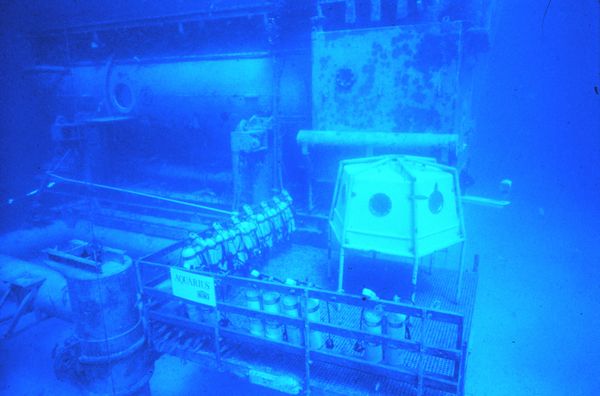
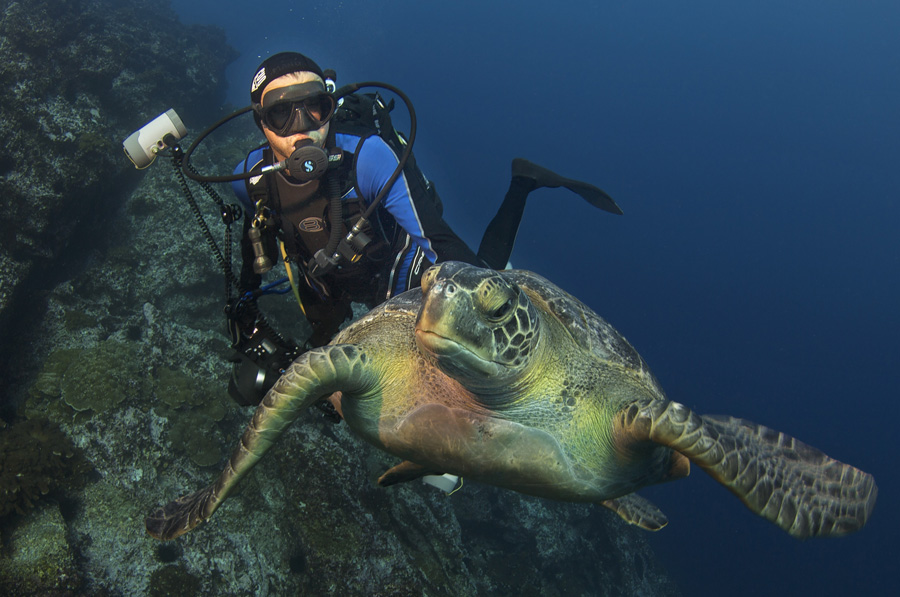
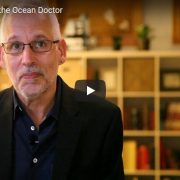
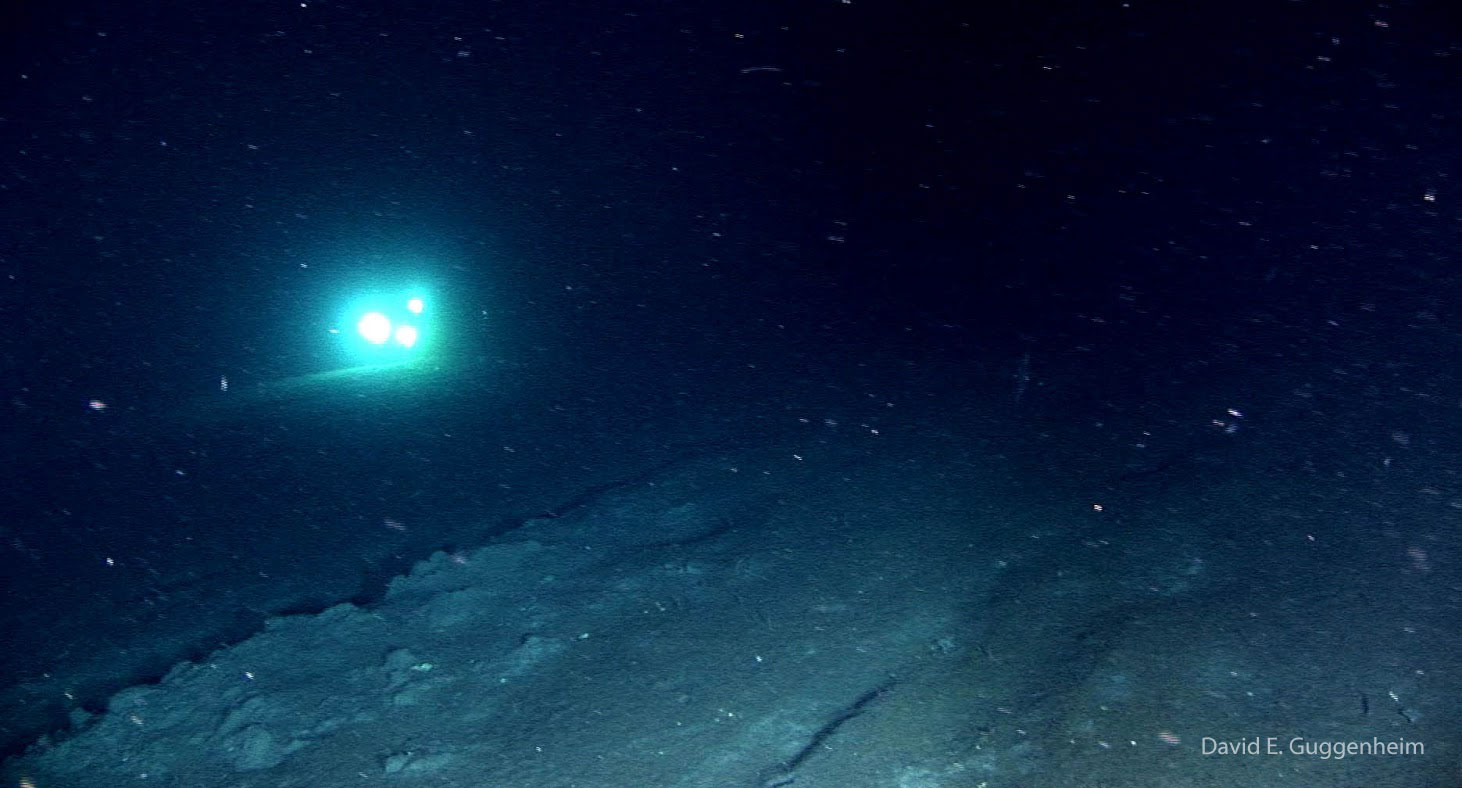

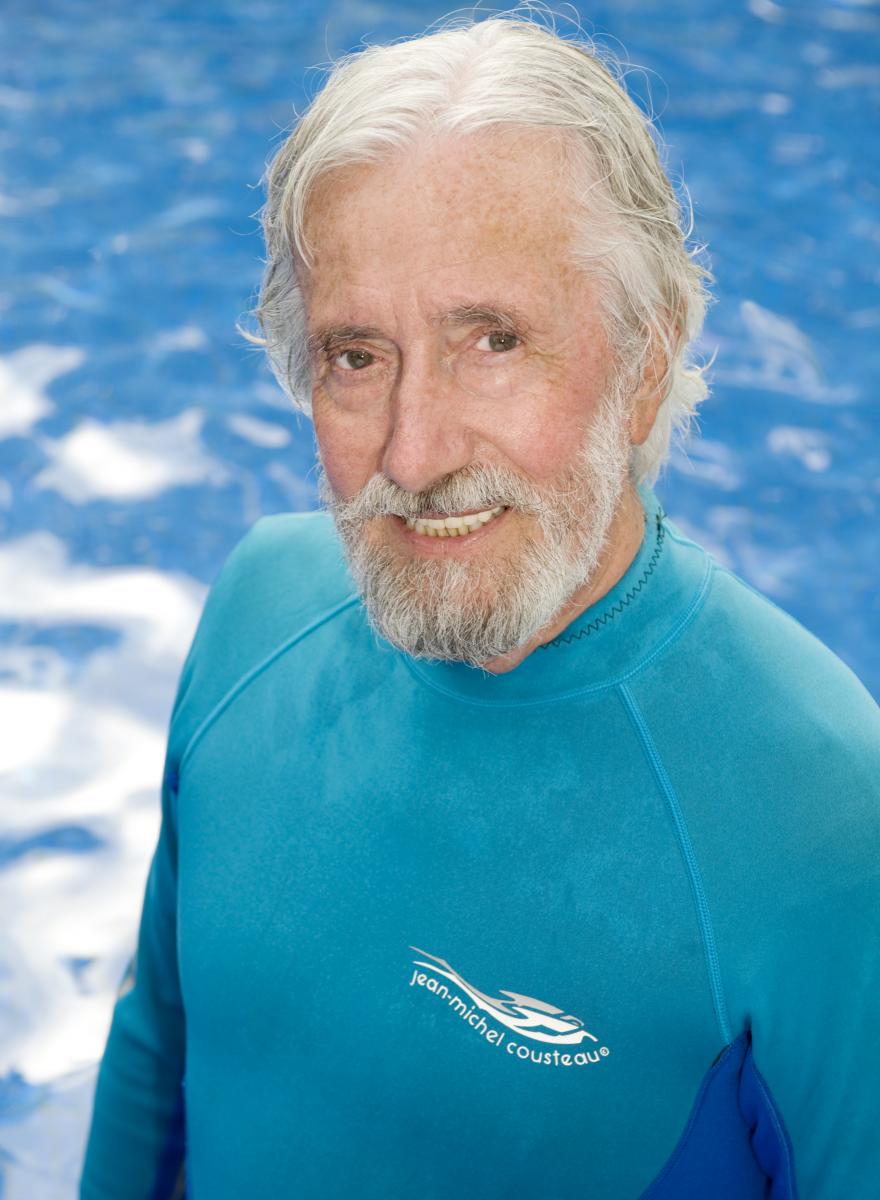
I just wanted to let you know the story and the pictures are so beautiful! I Love the ocean with the sound of Peace and wanting to escape from the stress of the world. I thank you for sending me this and I signed up for your Newsletter.
Peace,
Linda Rivera
A while back you came to our school, Newman Catholic High School, and you also came with us to a Ocean Bowl Competition. You have inspired me to take scuba lessons, which i now am in, and you also made me want to explore as much ocean as i possibly can. Your pictures are stunning, and what is happening to the worlds oceans is so horrible. I hope that the oceans will be saved, so i can show my children and grandchildren what amazing things not everyone gets to see. Thanks for the inspiration
Linda: Thank you for your kind words. The ocean can indeed be a place of solace and tranquility…
Nach: Great to hear from you! Newman is one of the real highlights of the 50-States Expedition…please give my best to everyone. I’m very excited to hear you’re taking scuba lessons! When I took lessons at 15 it quite literally changed my life. I hope you find the experience as fulfilling. Thanks for your words and concern about the oceans…we need your help to make things better. Hope to see you underwater some time!
Great post and very awesome pictures. Let me know when you are coming to North Dakota as it would be awesome to hear you speak. Although landlocked, it is always neat when we can get to the ocean to see the ocean critters. This year, we kayaked the Napali coast and got a full dose of nature. It was spectacular.
You write beautifully about the joyful discovery of thriving coral.